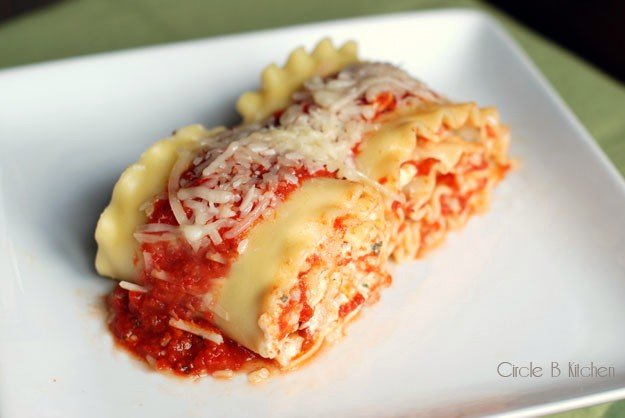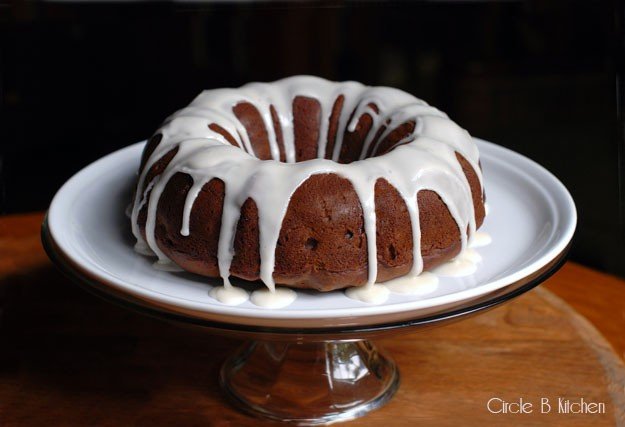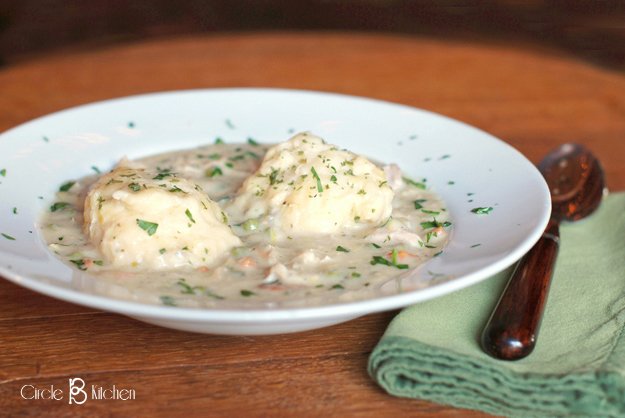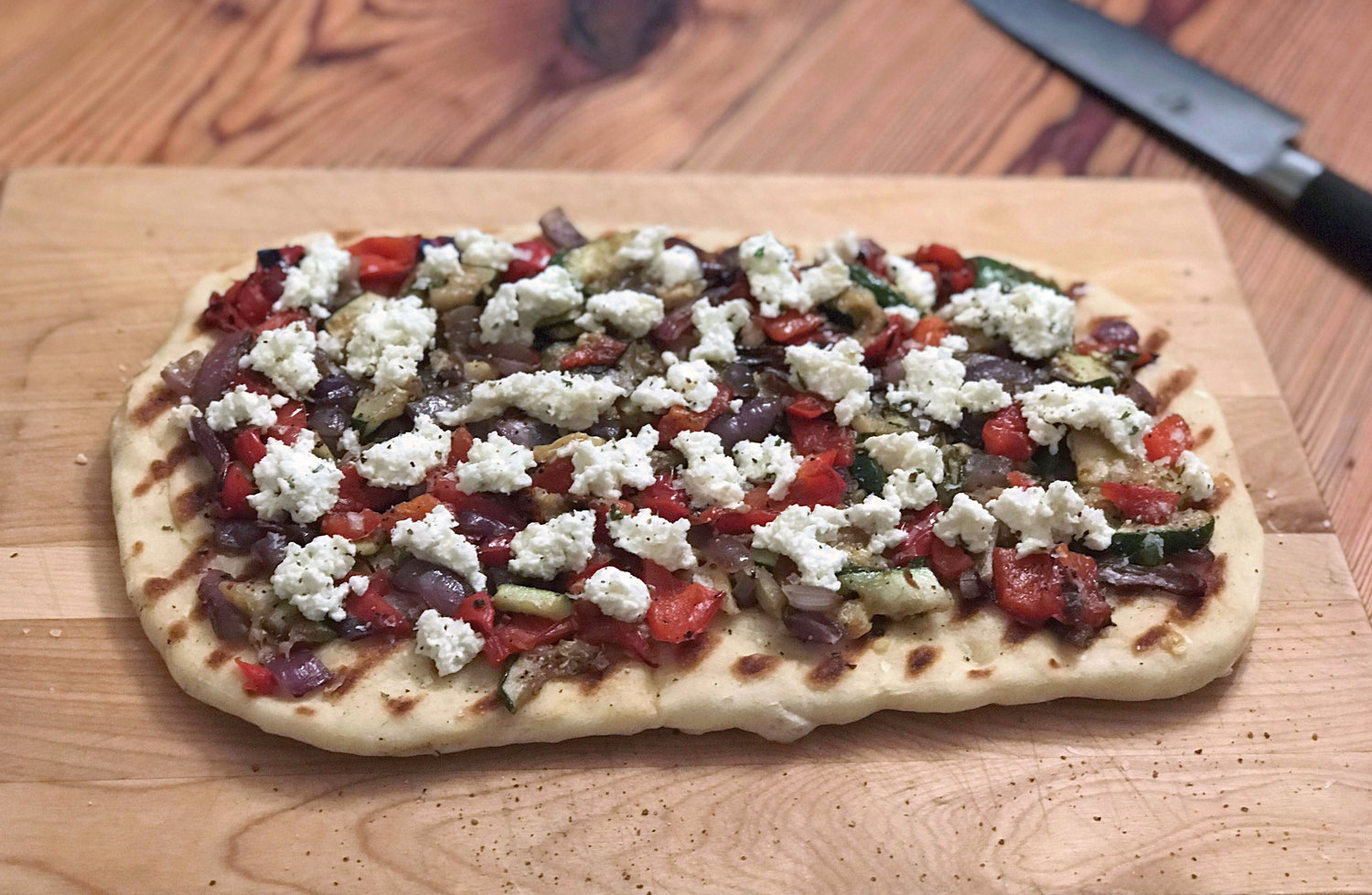Pasta With Chickpea Sauce
/Are they a pea or a bean? A chickpea or a garbanzo bean? I've always called them garbanzo beans, but I think I'll switch to chickpeas. It sounds cuter and kind've more affectionate which aptly describes how I feel about these little guys... I 💗 em. They totally make the list of my top five legumes. AND they move waaaay up to the top of that list if they're soaked and cooked from their dried state. From the can, they slide down towards the bottom, but still make the list.
Perhaps you might be wondering if there really is all that much difference between canned and freshly cooked chickpeas, and I'm here to tell you that, yes, YES!, there is a difference, and it's pretty significant. Chickpeas from the can have a very pronounced bite to them, not crunchy, but not exactly soft either. But when cooked from their dried state, oh my goodness, they get sort of creamy and luscious and if you infuse your cooking water with aromatics (onions, garlic, herbs, etc), your little chickpeas are also going to win in the flavor department, hands down.
Now, this day and age you can't even talk about legumes without addressing the paleo and ketogenic and other diets that sort of disparage our little chickpeas. They have their reasons and we'll let them hold on to them because we are pro choice in all matters here in the Circle B Kitchen. Whatever floats your boat or makes your skirt fly up. Fine. Whatever. But I'm hanging with culinary history and the cultures that have thrived on chickpeas for centuries (think India, North Africa and the Middle East for starters), and I'm calling them scrumptious and ever so good for you (think fiber, protein, calcium, iron, read more about that here).
Now that we've got that out of the way, I want to help us move beyond hummus with our chickpea consumption. Don't get me wrong, we love our hummus here and make it frequently (with freshly cooked chickpeas), but I have to tell you that our little garbanzos also make an amazingly delicious pasta sauce. I mean, really good. But don't try making this with canned beans. I mean, you could, but it just isn't going to have the same creamy lusciousness.
OK, now hopefully I've convinced you to spend a few pennies on some dried chickpeas. The first thing you're going to want to do is soak them overnight. I never remember this part. But don't worry about this too much. You can circumvent potential tragedy by "quick soaking them" (bring them to a boil and then let them sit for an hour or so. Done. Consider them soaked.
Next you're going to simmer them with some onions, garlic, rosemary and some salt for a couple of hours until they're soft and yielding and sort of sexy like that.
Then remove the aromatics and drain the chickpeas, saving your cooking liquid.
You're going to add some of that chickpea broth back into the pan with your beans, saving out a few to throw in whole at the end, and blitz it all with an immersion blender until your sauce is smooth and silky. Alternately, you can also do this in a blender or food processor.
Then you're going to cook up some pasta Flat, curly pasta like mafalda and farfalle are perfect for this. I didn't have enough of either of those shapes, so I got creative and cooked up some lasagna noodles and then sliced them into little rectangles and they worked surprisingly well. You could also serve this sauce over couscous or quinoa or farro or polenta or rice or spaghetti squash or whatever comes to mind. Like I said, we're pro choice here.
Finish your chickpea pasta with a drizzle of olive oil, a sprinkling of chopped parsley and a dusting of grated parmesan cheese. If you leave off the cheese, this would be an awesomely delicious thing for the vegan peeps in your life. (But if you have a choice, the Parmesan is a must). Here's the recipe...
Pasta with Chickpea Sauce
Click here for a printable recipe
The original recipe called for cooking up 12 ounces of chickpeas, but most chickpeas come in 1 lb bags, so I always cook up the whole thing. The leftover chickpeas are great in salads, soups, or go ahead and make some hummus. If you would like to discard all of my good advice and use canned chickpeas, click on the Serious Eats link below where you will find instructions for this. Evidently, they are even more pro choice than I.
Recipe barely adapted from Serious Eats
INGREDIENTS
1 lb dried chickpeas, soaked overnight in salted water*
1 large onion, split in half
1 head garlic, 3 cloves thinly sliced, the rest left unpeeled
3 sprigs rosemary
Kosher salt and freshly ground black pepper
3 tablespoons extra-virgin olive oil, plus more for drizzling
1/2 teaspoon red pepper flakes (I like to use white pepper here)
4 cups cooked chickpeas (see note above), divided
1 1/2 cups chickpea-cooking liquid or vegetable broth, plus more as needed
1 pound short ruffled pasta, such as farfalle, mafalda, campanelle or cut lasagna sheets
1/4 cup chopped parsley, plus more for garnish
Grated Parmesan cheese for serving (optional)
DIRECTIONS
* Chickpeas can also be prepared using the quick soak method. Cover with water in a large pot, bring to a boil, remove from heat, and let rest for 1 hour. Drain and proceed with the recipe as directed.
Place chickpeas in a large pot and cover with lightly salted water by at least 2 inches. Add unpeeled garlic, onion, and rosemary. Cover and bring to a boil over high heat. Reduce heat to a bare simmer and cook, topping up with water as necessary to keep beans submerged, until beans are very tender and creamy with no graininess left, about 2 hours. Beans can also be cooked in a pressure cooker at low pressure for 30 minutes.
In a medium saucepan, combine oil, garlic, and red pepper flakes and set over medium heat. Cook, stirring, until garlic is lightly golden, about 3 minutes. Add 3 cups chickpeas and the 1 1/2 cups of chickpea-cooking liquid (I ended up using a little more than 2 cups), and bring to a simmer. Remove from heat and, using an immersion blender, blend to a smooth, saucy puree, adding more chickpea-cooking liquid if too thick. Stir in remaining 1 cup chickpeas, crushing some lightly with a wooden spoon or potato masher but leaving them mostly whole. Season with salt and pepper. And, by the way, don't be afraid of adding more of the cooking broth to the sauce than called for. The sauce tends to thicken as it cools, so it's OK to err on the side of thin.
In a pot of salted boiling water, cook pasta until just short of al dente. Reserve 1 cup of pasta-cooking water, then drain pasta. Return pasta to pot and add chickpea sauce along with 1/4 cup of reserved pasta-cooking water. Set over medium heat and bring to a simmer, stirring until pasta is al dente and sauce has thickened just enough to coat pasta, about 3 minutes; add more reserved pasta-cooking water, 1 tablespoon at a time, if sauce becomes too thick. Remove from heat, stir in chopped parsley and drizzle in some fresh olive oil, stirring to blend. Season with salt and pepper. Spoon pasta and sauce into bowls, drizzle with another whirl of olive oil, some chopped parsley and grated Parmesan cheese and serve.
Click here to ask a question or leave a comment

























